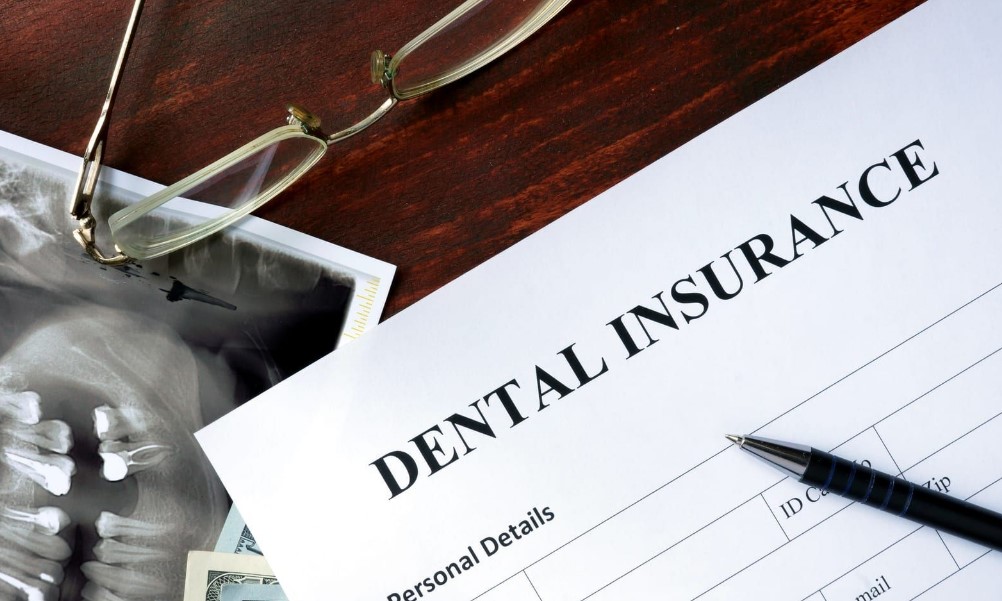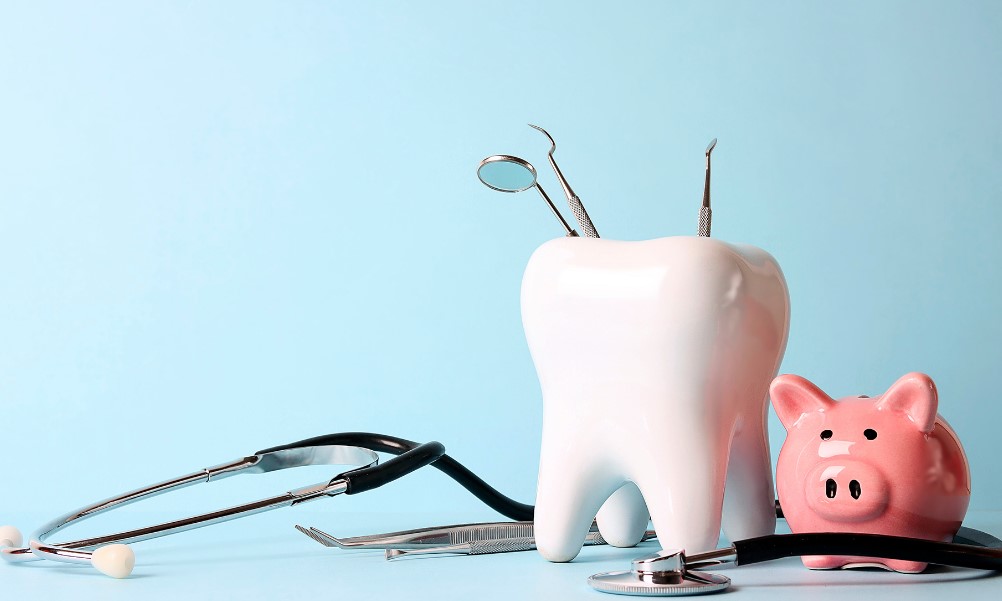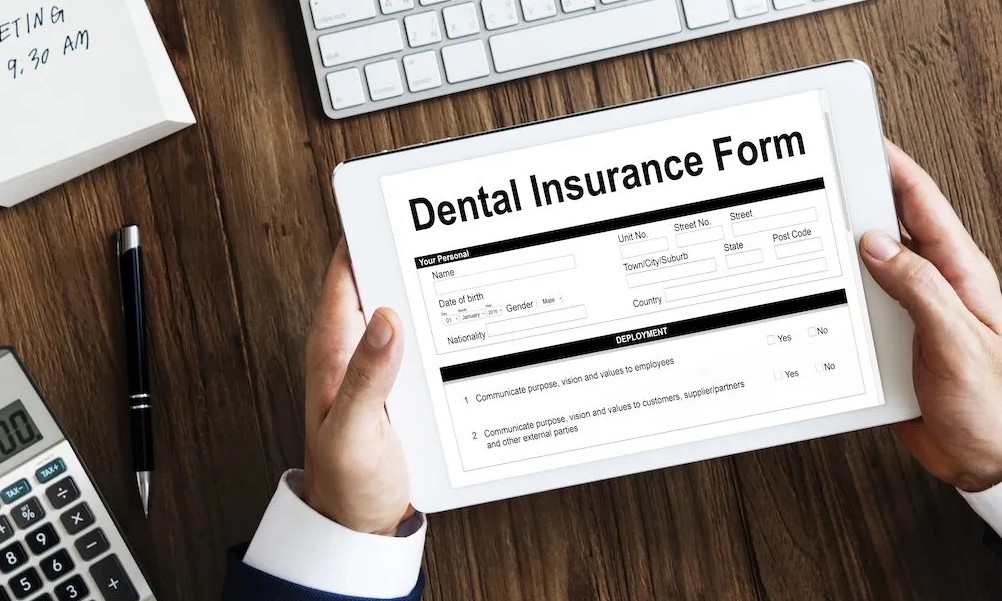How Dental Insurance Works: Everything You Need to Know
Dental health is an essential part of overall well-being, yet it often gets overlooked due to the high costs of dental treatments. This is where dental insurance comes into play, offering a safety net for routine checkups and unforeseen dental procedures. In this guide, we’ll explore how dental insurance works, its features, benefits, and some of the best plans available in 2024. We’ll also provide a detailed buying guide to help you make an informed decision.
What is Dental Insurance and Why its Matters?

Dental insurance is a type of health insurance specifically designed to cover the costs associated with dental care, including routine checkups, preventive treatments, and necessary dental procedures. While dental insurance functions similarly to general health insurance, it focuses exclusively on oral health, providing financial support for maintaining and improving dental hygiene.
What is Dental Insurance?
Dental insurance works by offering coverage for a variety of services that keep your teeth and gums healthy. These services are typically divided into three categories:
- Preventive Care: Includes routine checkups, teeth cleanings, and X-rays. These services are often fully covered, encouraging policyholders to visit the dentist regularly.
- Basic Care: Covers common procedures like fillings, extractions, and treatment for gum disease. Most plans require the insured to pay a portion of the cost.
- Major Care: Covers more extensive procedures such as crowns, bridges, dentures, and oral surgeries. Insurance usually covers a smaller percentage of these costs.
By categorizing services, dental insurance prioritizes preventive care, helping individuals avoid more serious (and expensive) dental issues in the future.
Why Dental Insurance Matters
Dental insurance plays a crucial role in promoting overall health and well-being. Here’s why it matters:
1. Affordable Access to Routine Care
Routine dental checkups and cleanings are essential for maintaining good oral hygiene. However, the cost of these services can add up without insurance. Dental insurance ensures that preventive care is affordable or even free, encouraging policyholders to keep up with regular visits. This reduces the risk of untreated issues like cavities or gum disease, which can lead to more severe health problems.
2. Financial Protection
Dental procedures can be prohibitively expensive without insurance. For example:
- A simple filling may cost between $150 and $350.
- A crown could range from $1,000 to $2,000.
- Dental implants might cost several thousand dollars.
Dental insurance covers a significant portion of these costs, protecting individuals and families from unexpected financial strain. With insurance, patients can focus on getting the care they need without worrying about overwhelming expenses.
3. Improved Overall Health
Oral health is closely linked to general health. Research has shown that untreated dental issues can contribute to conditions like heart disease, diabetes, and infections. Dental insurance facilitates regular care, which helps detect and treat oral health problems early, preventing them from escalating into more serious conditions.
4. Encourages Preventive Care
Preventive care, such as cleanings and checkups, is often fully covered under dental insurance plans. This not only helps maintain healthy teeth and gums but also reduces the need for costly treatments down the road. Regular visits to the dentist allow early detection of potential issues, saving both money and time.
5. Peace of Mind
Knowing that dental insurance provides a safety net for unexpected emergencies, such as a chipped tooth or sudden toothache, gives policyholders peace of mind. This coverage ensures that treatment is accessible when needed, alleviating stress in difficult situations.
How Dental Insurance Works

Dental insurance is designed to help individuals and families manage the costs of dental care by covering a portion of expenses for preventive, basic, and major dental treatments. Unlike general health insurance, dental insurance focuses specifically on oral health, offering a structured approach to coverage that ensures routine care while providing financial support for more extensive procedures. Here’s a detailed breakdown of how dental insurance works:
1. Paying Monthly Premiums
To access dental insurance, policyholders pay a fixed monthly premium. This amount varies depending on the level of coverage, the provider, and whether the plan covers individual or family needs. For instance:
- Basic plans with limited coverage typically have lower premiums, starting around $15–$20 per month.
- Comprehensive plans that include major procedures or orthodontics may cost $40–$50 per month or more.
Premium payments ensure continuous coverage and access to benefits outlined in the insurance policy.
2. Coverage Categories
Dental insurance is divided into three main categories of coverage:
- Preventive Care: Routine services like cleanings, exams, and X-rays. These are often fully covered with no additional costs to encourage regular checkups.
- Basic Care: Treatments such as fillings, extractions, and root canals. Insurance typically covers 70–80% of these costs, with the policyholder responsible for the remainder.
- Major Care: Extensive procedures like crowns, bridges, dentures, or oral surgery. Coverage for these services is usually lower, with insurance covering 50–60% of the cost.
By dividing services into these categories, dental insurance prioritizes preventive care to minimize the need for more costly treatments.
3. Deductibles and Co-Payments
- Deductible: This is the amount policyholders must pay out of pocket each year before insurance begins to cover costs. For example, if your deductible is $50, you’ll need to pay this amount upfront for any procedures before your plan starts contributing.
- Co-payment (or coinsurance): After meeting the deductible, the policyholder pays a percentage of the treatment cost. For instance, for a $200 filling, a policy with 80% coverage would leave the patient responsible for $40.
4. Annual Maximum Limits
Dental insurance plans often include an annual maximum, which is the maximum amount the insurer will pay for covered services in a calendar year. This limit typically ranges from $1,000 to $2,000. Once this limit is reached, policyholders are responsible for any additional costs.
5. Waiting Periods
Some plans impose waiting periods for certain types of care. For example, you may need to wait 6–12 months before receiving coverage for major procedures like crowns or orthodontics. However, preventive services often have no waiting period.
6. Network Providers
Most dental insurance plans have a network of preferred providers. Visiting an in-network dentist ensures lower costs, as these providers agree to discounted rates negotiated by the insurer. Out-of-network visits may result in higher out-of-pocket expenses.
7. Submitting Claims
For in-network care, dentists often handle claim submissions directly with the insurance company. For out-of-network care, policyholders may need to file claims themselves to get reimbursed for covered expenses.
Understanding these elements helps policyholders maximize the value of their dental insurance, ensuring better oral health while managing costs effectively.
Benefits of Dental Insurance

Dental insurance isn’t just about financial savings; it’s an investment in long-term oral health. Let’s dive deeper into the benefits:
1. Access to Preventive Care
Regular cleanings and checkups are crucial for detecting dental issues early. With insurance, these services are often free or come at minimal cost, encouraging individuals to maintain consistent dental visits.
2. Financial Protection
Dental treatments can be expensive. For example:
- A simple filling can cost between $150 and $350.
- A root canal may range from $700 to $1,500.
With insurance, a significant portion of these costs is covered, reducing your financial burden.
3. Improved Overall Health
Oral health is closely linked to overall health. Poor dental hygiene can lead to conditions like diabetes, cardiovascular diseases, or infections. By ensuring regular dental care, insurance helps prevent these complications.
4. Peace of Mind
Knowing that unexpected dental emergencies—like a chipped tooth or severe toothache—are covered provides emotional and financial reassurance.
Features of Dental Insurance

Understanding the features of dental insurance is crucial to selecting the right plan. Here are some of the most important features:
1. Customizable Plans
Many providers offer customizable plans, allowing you to select coverage levels that match your specific needs.
2. Extensive Provider Networks
Top dental insurance companies partner with extensive networks of dentists, giving you flexibility in choosing a provider near you.
3. Discounts on Non-Covered Procedures
Even if a procedure isn’t covered, many plans offer discounted rates for certain treatments.
4. Orthodontic Coverage
Some plans include orthodontic treatments like braces, which can be invaluable for families with children.
Top Dental Insurance Plans in 2024
1. Delta Dental
Delta Dental is one of the most trusted providers in the industry, offering a wide range of plans tailored for individuals, families, and businesses.
- Features:
- Extensive network of dentists.
- Comprehensive coverage for preventive, basic, and major care.
- Use Case: Ideal for individuals seeking extensive coverage and flexibility.
- Pros:
- Preventive care often covered at 100%.
- Offers PPO and HMO plans.
- Cons:
- Higher premiums for comprehensive plans.
- Price: Starting at $25/month.
2. Cigna Dental Insurance
Cigna offers affordable plans with competitive features.
- Features:
- Affordable premiums.
- Coverage for orthodontic treatments.
- 24/7 customer service.
- Use Case: Excellent for individuals or families requiring orthodontic care.
- Pros:
- No waiting period for preventive care.
- Transparent pricing structure.
- Cons:
- Limited network in rural areas.
- Price: Starting at $19/month.
3. Humana Dental
Humana is known for its affordability and tailored plans for seniors.
- Features:
- Low deductibles.
- Preventive care with no waiting period.
- Use Case: Great for retirees on a fixed income.
- Pros:
- Competitive pricing.
- Broad coverage options.
- Cons:
- Limited options for major care coverage.
- Price: Starting at $15/month.
Choosing the Right Dental Insurance
When choosing dental insurance, consider the following:
- Coverage Needs: Do you need basic preventive care, or do you anticipate major procedures?
- Budget: Balance the monthly premium with out-of-pocket costs.
- Provider Network: Ensure your preferred dentist is within the network.
- Additional Benefits: Look for plans with added perks, such as discounts on cosmetic dentistry.
Use Case of Dental Insurance
Dental insurance serves as a practical solution for managing oral health care costs while ensuring timely access to necessary treatments. Below are some real-world scenarios where dental insurance proves to be highly beneficial:
1. Preventive Care for a Family
A family of four schedules regular dental checkups and cleanings twice a year. Without insurance, these visits would cost approximately $100–$200 per person, totaling $800–$1,600 annually. With dental insurance, preventive care like cleanings and X-rays are fully covered, allowing the family to maintain oral health without incurring out-of-pocket costs.
Why It Matters:
Dental insurance ensures the family can stay on top of their oral health, preventing minor issues like cavities from developing into more severe problems requiring expensive treatments.
2. Emergency Dental Care
Imagine a young professional who unexpectedly chips a tooth while playing sports. The treatment, which involves a dental crown, costs between $1,000 and $2,000. With a comprehensive dental insurance plan, the individual only pays a small portion of the cost (typically 20–50%), saving hundreds of dollars.
Why It Matters:
Dental insurance provides peace of mind during emergencies, enabling individuals to access high-quality care without financial stress.
3. Orthodontic Care for a Teenager
A parent with dental insurance enrolls their teenager in orthodontic treatment for braces, which costs around $5,000–$7,000. With an insurance plan that includes orthodontic coverage, the parent pays significantly less, often only $2,000–$3,000 after insurance contributions.
Why It Matters:
This coverage makes orthodontic care more affordable, improving the child’s oral health and self-esteem without overburdening the family financially.
4. Managing Chronic Conditions
An older adult with gum disease requires regular deep cleanings and periodontal treatments, costing hundreds of dollars per session. Their dental insurance plan covers a significant portion of these procedures, making long-term management of the condition more affordable.
Why It Matters:
Dental insurance helps individuals manage chronic oral health issues without compromising other financial priorities.
5. Cost-Effective Major Treatments
For a retiree requiring dentures, the total cost might range from $1,500 to $3,000. With dental insurance, the retiree pays only a fraction of the cost, allowing them to restore functionality and quality of life.
Why It Matters:
Dental insurance makes life-improving treatments accessible to individuals with limited income.
Frequently Asked Questions
1. What is the best dental insurance plan for families?
Answer: Aetna Dental Insurance is a great choice for families, offering comprehensive coverage and orthodontic options.
2. Can I use dental insurance for cosmetic procedures?
Answer: Most plans do not cover cosmetic procedures like teeth whitening but may offer discounted rates.
3. How much does dental insurance cost?
Answer: Costs typically range from $15 to $50 per month, depending on the plan and coverage level.






